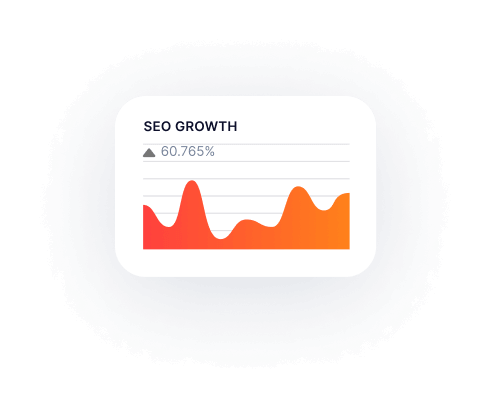301 Redirection: What Is It and How Does It Work?
301 redirection is an important tool in the world of website management. It’s a way to tell search engines and browsers that a page has permanently moved to a new location. It’s also used to prevent search engine penalties for duplicate content and to make sure that visitors find what they’re looking for.
When a web page is moved or deleted, a 301 redirection can be used to point visitors to the new page or a replacement page. This is important for several reasons. First, it prevents visitors from getting a “404 Not Found” error when they try to visit the page. Second, it helps maintain the page’s original ranking in search engine results, so that visitors can still find it. Finally, it can help to prevent penalties from search engines for duplicate content.
When a webmaster wants to set up a 301 redirection, they’ll need to access the web server configuration file (usually called .htaccess). Here, they’ll need to add a line of code that specifies the old URL and the new URL. This code will tell the server to redirect any requests for the old URL to the new URL.
Once the redirection is in place, the server will automatically send a “301 Moved Permanently” response code back to the browser. This tells the browser (and search engines) that the page has been moved to a new location. The browser will then automatically direct the visitor to the new URL, so they can find the content they’re looking for.
In some cases, a 301 redirection may not be necessary. For example, if an old page has been replaced with an updated page that has a different URL, the webmaster can simply add a rel=”canonical” tag to the old page. This tag will tell search engines to ignore the old page and to index the new page instead.
Redirection helps in SEO by allowing you to control the flow of traffic from one page to another and by helping search engines understand the relationship between different pages. Redirection can be used to redirect visitors from old, outdated pages to more relevant, up-to-date content. This helps search engines index your website more efficiently and understand the relevance of new content to existing pages. Redirection also helps you to keep visitors on your website longer, reducing bounce rate and increasing the chances of a conversion.
Use Cases of 301 Redirection
- Redirecting a website’s visitors to a new domain.
- Redirecting visitors to a specific page on a website.
- Redirecting visitors to the HTTPS version of a website.
- Redirecting visitors to a different URL based on the visitor’s country.
- Redirecting visitors to a different URL based on their device type.
- Redirecting visitors to a specific page on a website after they login.
- Redirecting visitors to a different URL based on their referral source.
- Redirecting visitors to a different URL after they click on a link or a button.
- Redirecting visitors to a different URL based on their user agent.
- Redirecting visitors to a page that is no longer available on a website.
In summary, the 301 redirect is a powerful tool that can be used to make sure visitors find the content they’re looking for, to prevent search engine penalties, and to maintain a page’s original ranking in search engine results. It’s an important part of website management, and it’s easy to set up.


